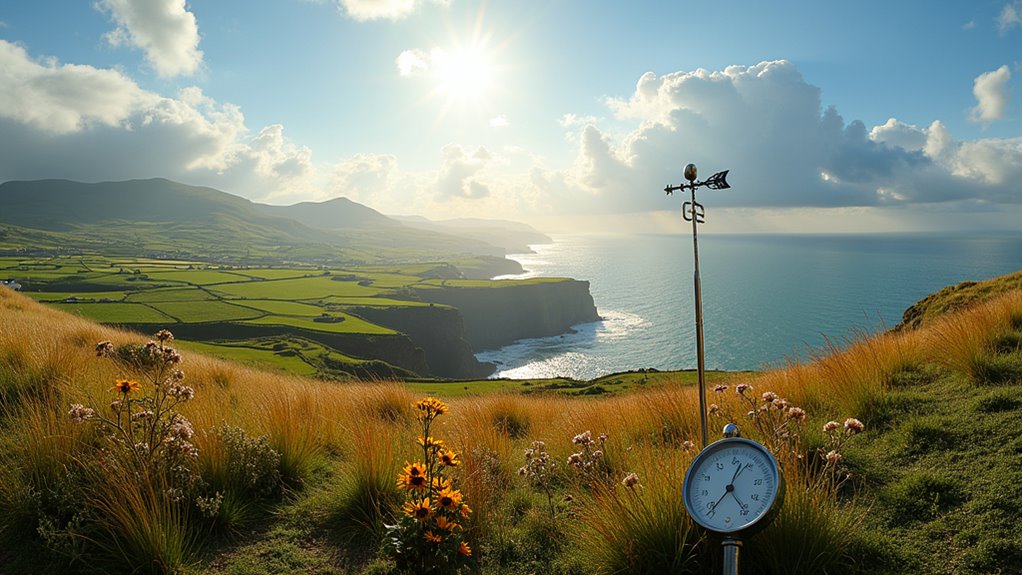Ireland’s tourism sector finds itself maneuvering choppy waters in 2025, with foreign visitor numbers dropping like pints at a Temple Bar happy hour, though not quite as enthusiastically. March arrivals tumbled 15% from the previous year, hitting 441,200 visitors, while the first quarter saw an eye-watering 23% decline that would make any tourism board reach for the Jameson.
Foreign visitor numbers dropping like pints at a Temple Bar happy hour, though not quite as enthusiastically
Yet something peculiar emerges from these numbers: a stubborn resilience that defies the spreadsheet doom and gloom. The Americans, bless them, keep coming. While Continental Europeans and visitors from far-flung corners retreated (the latter dropping 24-26% in early 2025), North American tourists actually increased their presence, up 5% in June compared to 2024.
They’re spending too €283 million in June alone, nearly half of all tourist expenditure, as if determined to prop up every gift shop from Galway to Glendalough with their credit cards and enthusiasm for anything remotely Celtic. The British still dominate arrival statistics, accounting for up to 41% of visitors during peak months, presumably drawn by that complicated mixture of familiarity and foreignness that only former colonial relationships can produce.
They come for holidays mostly (36-47% cite leisure), though a significant chunk arrive to visit friends and relatives, those diaspora connections that survived Brexit, pandemics, and whatever else history throws at neighboring islands with intertwined fates. Business visits, meanwhile, saw their numbers fall by 11.7% in March, suggesting corporate travel hasn’t recovered its pre-disruption swagger. The June figures paint an even starker picture, with business-related visits plummeting 20.4% compared to the previous year.
What’s fascinating isn’t just who’s coming but why they persist. Ireland ranks seventh among European destinations in travel advisors’ bookings for 2025, suggesting the island’s appeal transcends mere numbers. Despite a staggering 40% fewer Americans visiting overall this year, those who do make the journey appear more invested in their Irish experience. Visitors stay longer now, 6.5 nights on average, a small but telling increase as if they’re discovering something worth lingering over beyond the obvious Cliffs of Moher photo opportunities.
Nearly half choose hotels, but many stay with family or in their own properties, hinting at deeper connections than typical tourist transactions. The spending patterns tell their own story. June’s €647 million take, while down 6% from 2024, still exceeded 2023 levels by 8%.
It’s as if tourists are engaging in some unconscious economic rebellion, yes, fewer are coming, but those who do seem determined to extract maximum experience from their 6.5 nights, whether that means extra rounds at traditional music sessions or splurging on that Aran sweater they’ll wear twice.
Perhaps what sustains Ireland’s tourist appeal amid declining numbers isn’t measurable in arrivals or euros. The country offers something increasingly rare: a place where modernity hasn’t entirely steamrolled character, where you can still stumble into conversations with strangers that last longer than your meal, where the landscape, with its famous rugged beauty, remains mercifully underdeveloped in places.
The numbers may crumble, but Ireland’s particular brand of melancholic charm, wrapped in humor and served with a side of rain, continues drawing those seeking something they can’t quite name but recognize when they find it.









